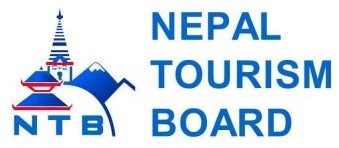Nepal: The Ultimate Destination for Trekking
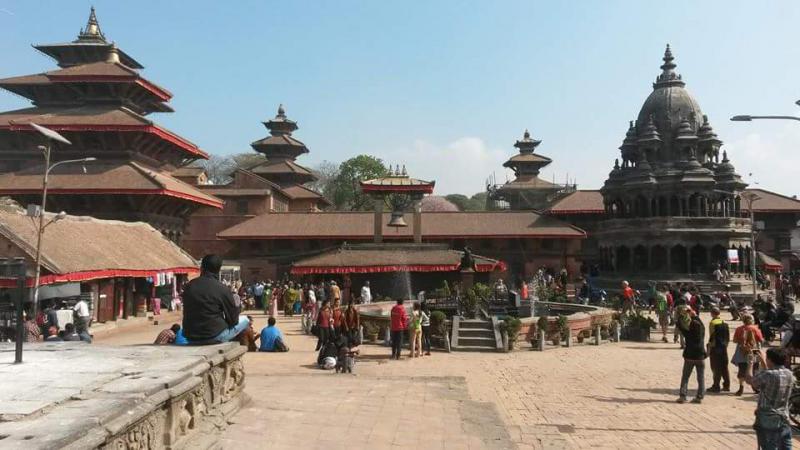
19th Dec, 2024
- teamramadventure
Nepal stands as a global trekking hub and the birthplace of commercial trekking, which began in the early 1960s. With its breathtaking landscapes and diverse trails, Nepal offers a trekking experience unmatched anywhere in the world.
Table of Contents
Popular Trekking Regions
The Everest Base Camp Trek and Annapurna regions are the crown jewels of trekking in Nepal, boasting numerous trails that cater to various preferences. Other sought-after trekking destinations include the Langtang and Kanchenjunga regions. For the most daring adventurers, the Great Himalayan Trail spans the entire length of Nepal, from Humla and Darchula in the west to Kanchenjunga in the east, offering one of the world's most challenging trekking experiences.
Nepal’s geography is unique, with the lowest point at 59 meters above sea level in the Tarai and the highest point at Mount Everest, towering at 8,848 meters, separated by just 200 kilometers.
Preparation and Documentation
Most trekkers arrive in Nepal via Tribhuvan International Airport in Kathmandu, where they can secure necessary permits and documentation. These permits are checked along trekking routes, so having them in order is crucial. For those short on time, Kathmandu offers half-day hikes with stunning Himalayan views.
Modern Trekking in Nepal
The trekking experience in Nepal has evolved significantly since the 1960s. National Parks and Conservation Areas now feature well-maintained lodges providing food, accommodation, and opportunities to connect with locals and fellow trekkers. Trails are often signposted, making navigation easier.
Many lodges offer modern facilities, including charging stations and internet access in larger villages. However, treks outside major regions often require domestic flights and several days of hiking to reach higher altitudes.
Ecological Diversity
Nepal boasts six distinct vegetation zones:
- Tropical (below 1,000 m)
- Sub-tropical (1,000–2,000 m)
- Lower Temperate (1,700–2,700 m)
- Upper Temperate (2,400–3,000 m)
- Sub-alpine (3,000–4,000 m)
- Alpine (above 4,000 m)
These zones support diverse flora and fauna, including rare species like the Snow Leopard, Himalayan Thar, and Musk Deer.
Trekking Styles: Lodges vs. Camping
While regions like Kanchenjunga, Everest, Manaslu, and Annapurna offer lodge accommodations, less-traveled areas often require camping support. Regardless of your trekking style, hiring a porter or guide is highly recommended—not only to enhance your experience but also to support local communities and immerse yourself in Nepali culture.
Weather and Best Seasons
Nepal’s trekking season varies depending on the region and trail:
- Post-Monsoon (October–November): Clear skies and ideal trekking conditions.
- Winter (December–February): Colder temperatures but fewer crowds.
- Spring (March–May): Stunning blooms, though weather can be unpredictable.
- Monsoon (June–September): Best for rain-shadow areas like Mustang and Dolpo.
Trails in the rain-shadow regions, such as Mustang and Manang, feature Tibetan-like landscapes, offering a unique alternative to the lush greenery found elsewhere.
Responsible Trekking
Trekking alone is possible but comes with risks, particularly at high altitudes with unpredictable weather. Hiring a local guide ensures safety, cultural insights, and an enriching experience. Additionally, trekkers should respect Nepal's environmental and cultural heritage by following sustainable practices.
Conclusion
Trekking in Nepal is not just an adventure but a journey through diverse landscapes, rich cultures, and unmatched natural beauty. Whether you're seeking a short hike or an extensive expedition, Nepal promises an unforgettable experience for every trekker.


 Plan Your Trip Now
Plan Your Trip Now 










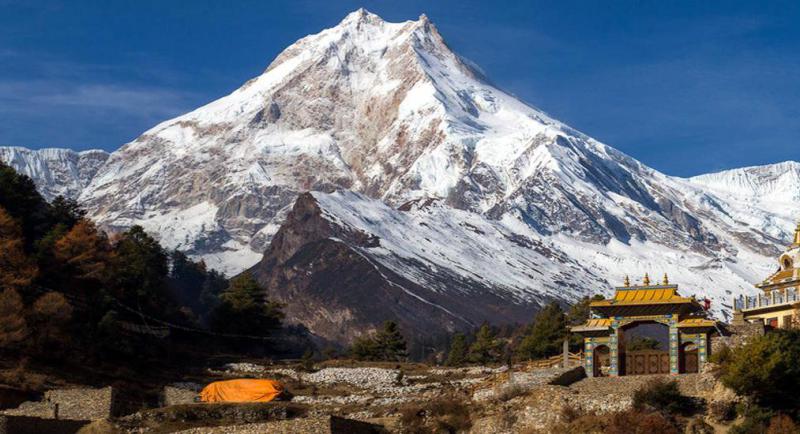

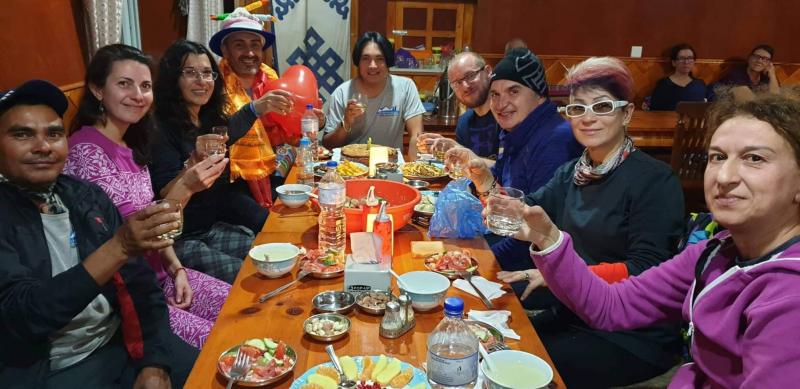









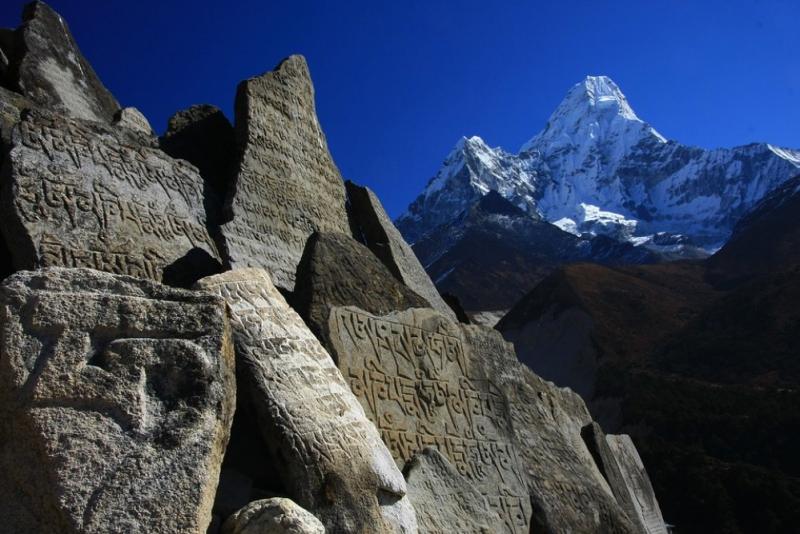






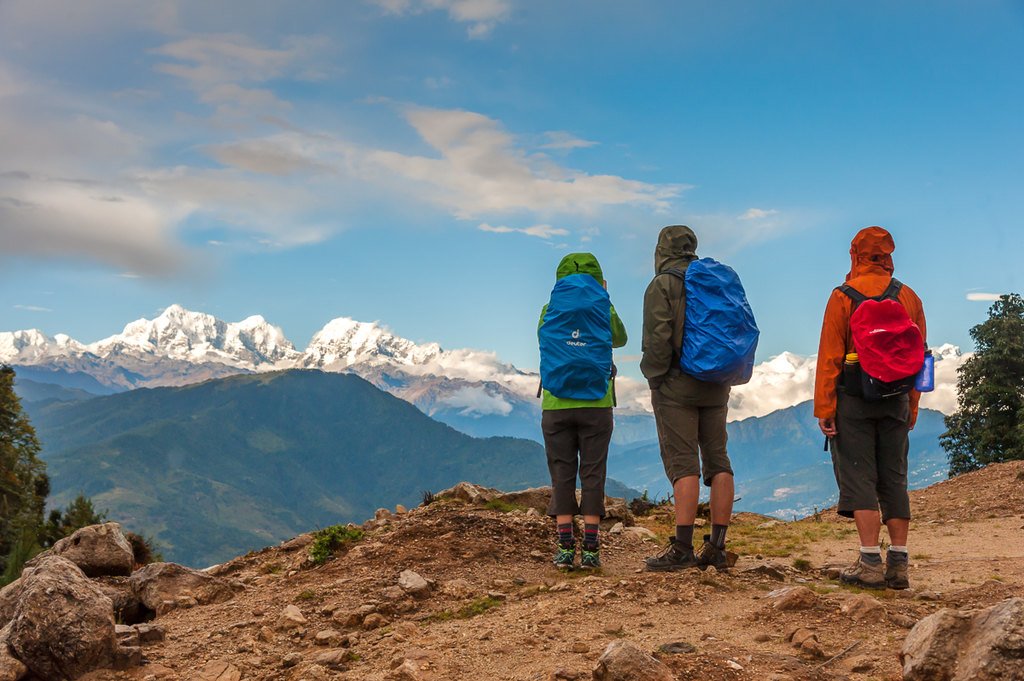
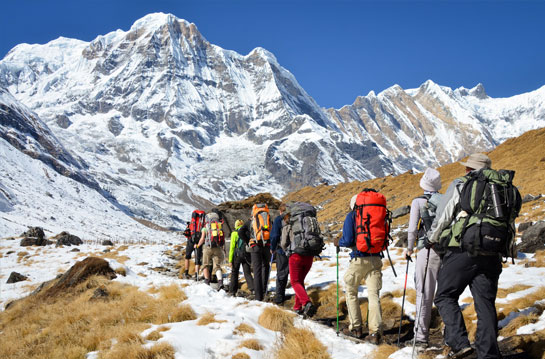
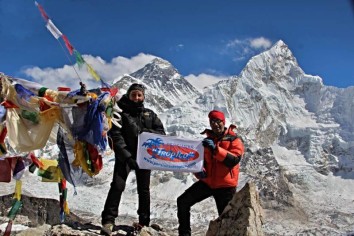






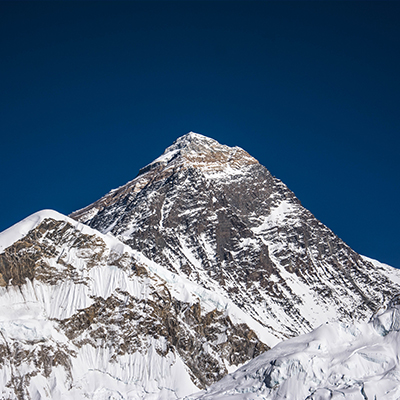


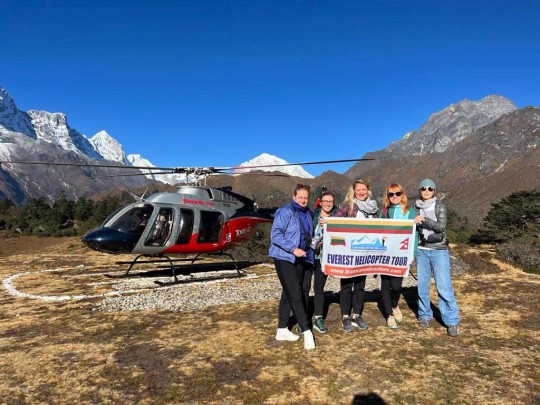



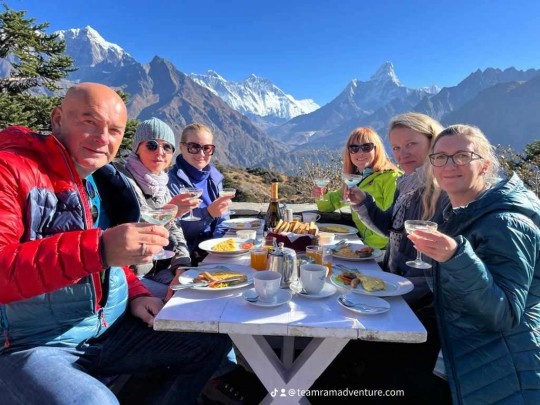







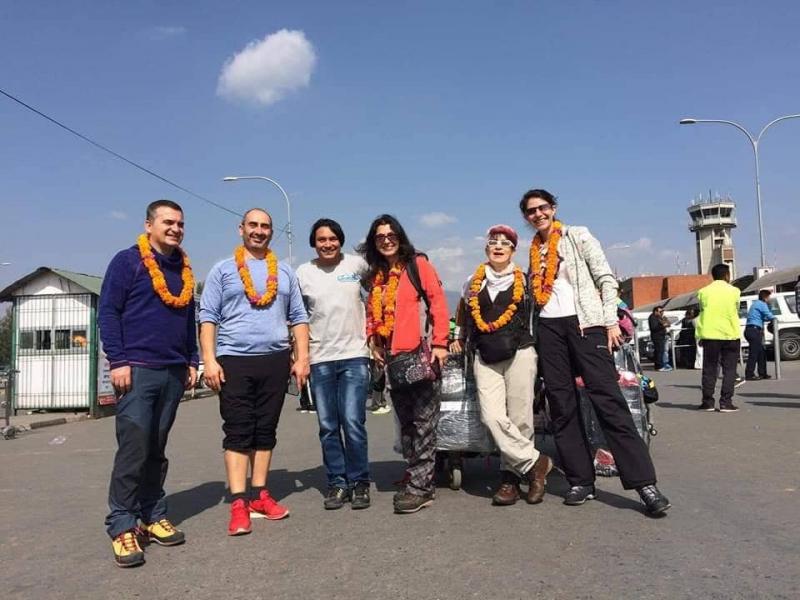












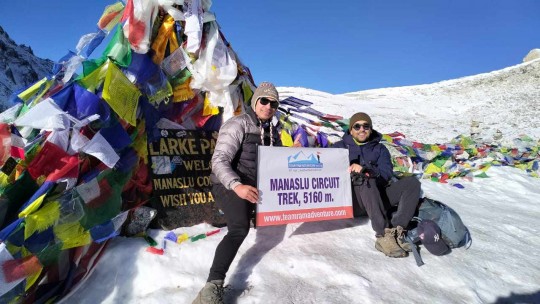
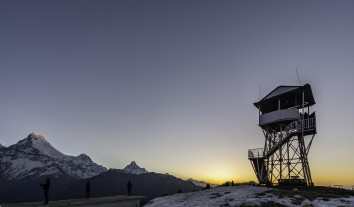
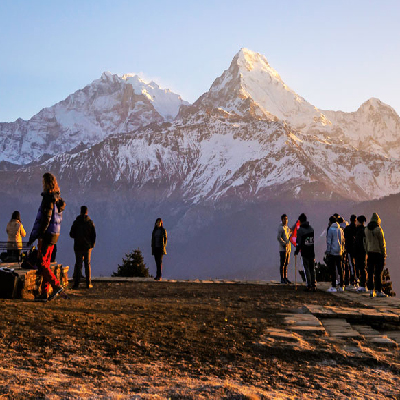










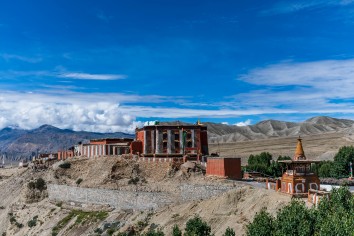


.jpg)







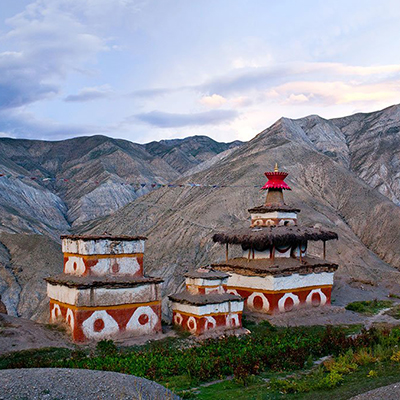
.jpg)


.jpg)

